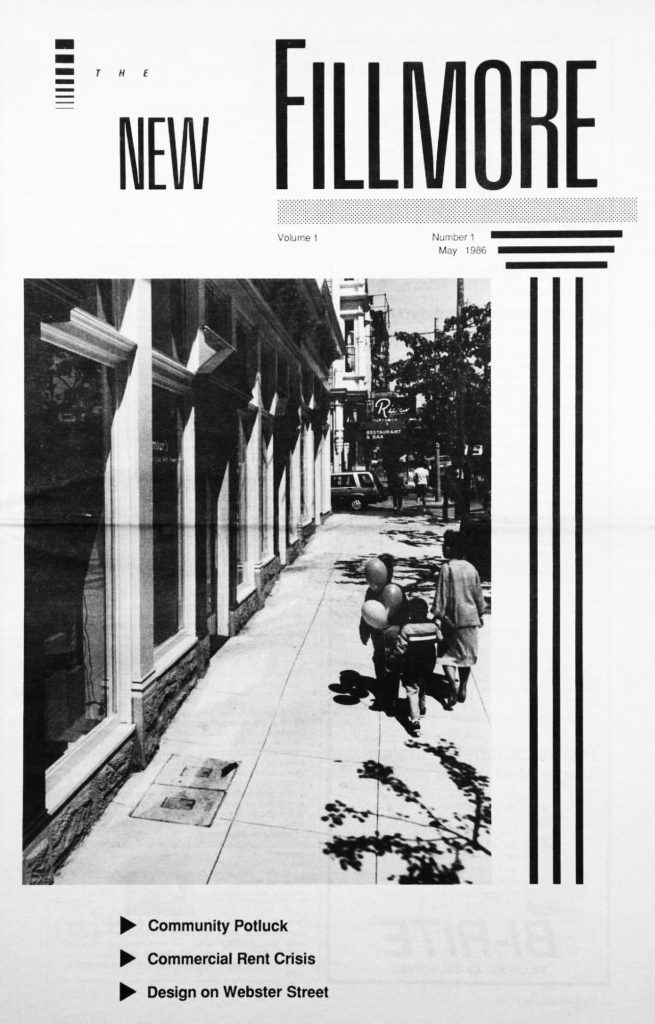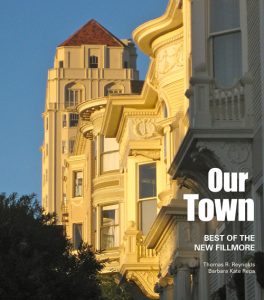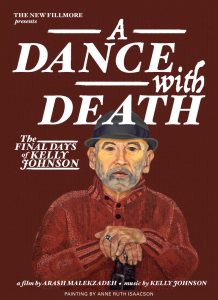REAL ESTATE | NINA HATVANY
There are many myths about the San Francisco real estate market — many of them not true.
MYTH #1: Homes are still going for 10 to 15 percent above asking in bidding wars.
The truth is, the competition for San Francisco condominiums and homes has drastically slowed down as inventory has increased. “Bidding wars,” while they still exist, are less common, and if there is competition, it is more likely two or three other offers rather than 10. The market in the fall tends to dip slightly in prices because of the glut of inventory that hits right after Labor Day and then is slow to get absorbed as the holidays approach.
There is still a good amount of inventory sitting, and buyers become less motivated over the holidays to deal with finding a home between their travels and hosting family. In the spring, prices historically tend to rise again as the market picks up. While we can’t predict what will happen next year, the current combination of low interest rates, higher inventory and economic uncertainty makes this a great time to jump into the usually hyper-competitive San Francisco market.
MYTH #2: Houses that sit for longer than three weeks on the market must have something wrong with them.
This is a common misconception, but whether a property moves quickly usually has more to do with inventory in a particular category rather than the quality of the home itself. Regardless of the market conditions, a house in a prime neighborhood at a bargain basement price tends to sell quickly. However, excellent properties that are priced correctly can still move slowly when buyers have the luxury of increased inventory.
Late fall and winter is a time when it is common for agents to see a lot of good condos and houses still sitting on the market. Buyers are used to such low inventory in San Francisco that come September, when so many properties pop up, many buyers get spooked, worrying about a decline in the market, become overwhelmed by all the choices and instead decide on a “wait and see” approach.
Typically, we see that come springtime, those same buyers, with bonuses in hand and renewed vigor for the search, will come back in droves to purchase properties that have relaunched on the market and purchase at higher prices. The lull between November 1 to January 1 presents a great opportunity for buyers to explore properties that have been available and take advantage of the lack of competition.
Myth #3: To buy in San Francisco, you have to be all-cash and completely non-contingent.
As the market softens, buyers have more leverage when negotiating, and many buyers “win out” on a property, even with inspection and financing contingencies. While all cash is still the gold standard and enables a quick closing, with today’s mortgage rates, even our wealthiest clients are taking out mortgages. To a seller, a buyer who has solid pre-approval from a major bank and is non-contingent upon financing is essentially the same as a cash buyer, with a longer closing date. More often, buyers with financing contingencies get their offers accepted, as mortgage requirements have loosened since the 2008 crash. Barring any unusual circumstances, a buyer is rarely rejected for a mortgage once pre-approved.
Even inspection contingencies are more acceptable in today’s market. Usually sellers provide pre-sale home and pest inspections. But if they don’t, or if the state of the home warrants additional inspections — such as a chimney inspection or a visit from a structural engineer — sellers are more willing to negotiate on offers with inspection contingencies as well as financing.
Myth #4: It is impossible to get earthquake insurance in San Francisco.
It is not so difficult to get earthquake insurance in San Francisco, but historically the premium and the deductible are so high it doesn’t make sense for most homeowners. However, earthquake insurance is becoming a more affordable option as companies work toward flexible solutions. Sarmad Naqvi, a personal insurance consultant with International ProInsurance Solutions, LLC, found private earthquake insurance for a recent client who has a $2.7M home in Pacific Heights. The deductible is 25 percent and the annual premium is $14,561. That’s more than $10,000 less than the premium their homeowner’s insurance carrier, Chubb, offered. Naqvi does stress the importance of earthquake insurance: “We are in an era of natural disasters. We used to have a major natural disaster once in a lifetime, and now they occur multiple times a year,” he says. “Large fires tend to grab the headlines the most, but in large metropolitan cities like San Francisco, earthquake is the true pending danger.”
Myth #5: If a home isn’t on liquefaction, it’s on bedrock, and safe in an earthquake.
Bedrock is everywhere in San Francisco; it’s just a question of how many feet and what material is between the property and the bedrock. Some people think only the Marina is on liquefaction. But if you look at a liquefaction map, it includes portions of Cow Hollow, North Beach, the Central Waterfront, Financial District, SOMA, South Beach, Chinatown, the Mission, Ocean Beach, Baker Beach, Dogpatch, UCSF, Mission Bay, as well as small pockets in Noe Valley, Alamo Square, Van Ness Corridor, Twin Peaks, Potrero Hill and the Haight.
In addition, huge portions of San Francisco were built on sand dunes above bedrock. While not quite as soft soil as liquefaction, this still poses a risk in a major earthquake. This condition includes the entire Sunset and Richmond districts, Seacliff, Jordan Park, Laurel Heights, Hayes Valley, the Haight, as well as parts of Forest Hill, lower Pacific Heights, Russian Hill and Potrero Hill.
There are very few buildings that have drilled down to bedrock for the building’s foundation. When considering a property and requesting disclosures, look at the Natural Hazards Report, which will mention whether the property is in a full liquefaction zone. Liquefaction searches by address can be found here for high risk liquefaction areas: https://maps.conservation.ca.gov/cgs/EQZApp/app/. And then for more moderate/varying degrees of liquefaction risk: https://earthquake.usgs.gov/hazards/urban/sfbay/liquefaction/sfbay/.
Nina Hatvany has been a real estate agent in San Francisco for more than 25 years.
Filed under: Real Estate





